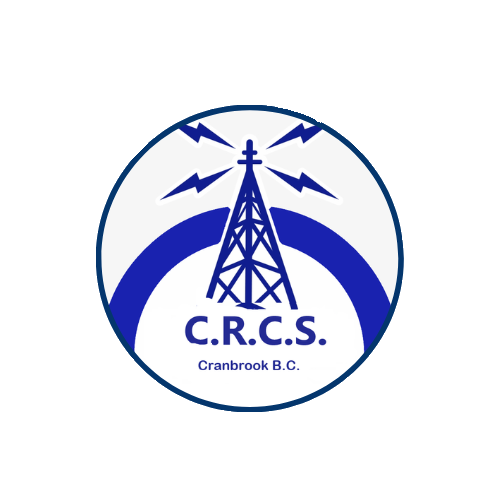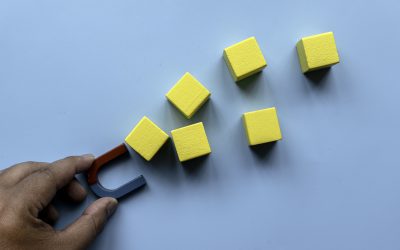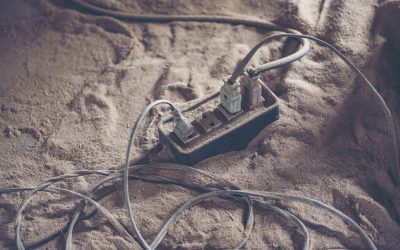In the world of amateur radio, achieving optimal transmission efficiency is paramount. One of the key tools in ensuring this efficiency is the Standing Wave Ratio (SWR) meter. Proper calibration of your SWR meter not only safeguards your equipment but also enhances your signal quality. This comprehensive guide will walk you through the process of calibrating your SWR meter, ensuring your station operates at its best.
Understanding SWR and Its Importance
What is SWR?
Standing Wave Ratio (SWR) is a measure of how effectively radio frequency (RF) power is transmitted from your transceiver through the transmission line and into the antenna. An ideal SWR is 1:1, indicating perfect impedance matching and no power reflection. Higher SWR values signify that some power is being reflected back towards the transmitter, which can lead to inefficiencies and potential equipment damage.
Why Calibrate Your SWR Meter?
Calibrating your SWR meter ensures accurate readings, allowing you to:
-
Protect Your Equipment: High SWR can damage your transmitter. Accurate readings help in timely adjustments.
-
Optimize Performance: Ensures maximum power is radiated, improving communication clarity.
-
Diagnose Issues: Helps in identifying problems in the antenna system or transmission line.
Equipment Needed
Before beginning the calibration process, gather the following:
-
SWR Meter: Ensure it’s suitable for your frequency range.
-
50Ω Dummy Load: Provides a known impedance for calibration.
-
Transceiver: Your radio transmitter.
-
Coaxial Cables: For connections between devices.
-
Antenna System: For post-calibration testing.
Step-by-Step Calibration Guide
1. Initial Setup
-
Connect the SWR Meter: Insert the SWR meter inline between your transceiver and antenna. Connect the transceiver to the “TX” or “Transmitter” port and the antenna to the “ANT” or “Antenna” port.
-
Power On: Turn on your transceiver and set it to a low power setting to prevent potential damage during calibration.
2. Using a 50Ω Dummy Load
-
Replace Antenna with Dummy Load: Disconnect the antenna and connect the 50Ω dummy load to the “ANT” port of the SWR meter.
-
Transmit a Carrier Signal: Key the microphone to transmit a steady carrier signal.
-
Adjust Calibration Knob: While transmitting, adjust the SWR meter’s calibration knob until the needle aligns with the “CAL” mark on the scale.
-
Switch to SWR Mode: Flip the meter’s switch from “CAL” to “SWR” without changing the calibration knob.
-
Read the SWR: The meter should read 1:1, indicating a perfect match. If not, the meter may require internal calibration or servicing.
3. Testing with Known Loads
-
25Ω Load Test: Connect two 50Ω dummy loads in parallel to create a 25Ω load. The SWR should read approximately 2:1.
-
75Ω Load Test: Connect a 75Ω dummy load. The SWR should read around 1.5:1.
-
Interpret Results: These tests confirm the meter’s accuracy across different impedance levels.
4. Reconnect Antenna and Test
-
Reconnect Antenna: Replace the dummy load with your antenna.
-
Transmit and Measure: Key the microphone and observe the SWR reading.
-
Adjust Antenna if Necessary: If the SWR is above 2:1, consider adjusting the antenna length or position to achieve a better match.
Tips for Accurate Calibration
-
Consistent Power Levels: Always calibrate at the same power level to ensure consistent readings.
-
Frequency Considerations: SWR can vary across frequencies. Calibrate and test on the specific frequency you intend to use.
-
Regular Checks: Periodically check your SWR meter’s calibration, especially if you notice performance issues.
Troubleshooting Common Issues
-
Inconsistent Readings: Ensure all connections are secure and cables are in good condition.
-
High SWR with Dummy Load: This may indicate a faulty dummy load or an issue with the SWR meter itself.
-
Meter Needle Doesn’t Move: Check for power supply issues or internal faults within the meter.
Calibrating your SWR meter is a fundamental practice for any amateur radio operator aiming for peak efficiency. By following this guide, you ensure that your equipment operates safely and effectively, leading to clearer communications and a more enjoyable radio experience.




